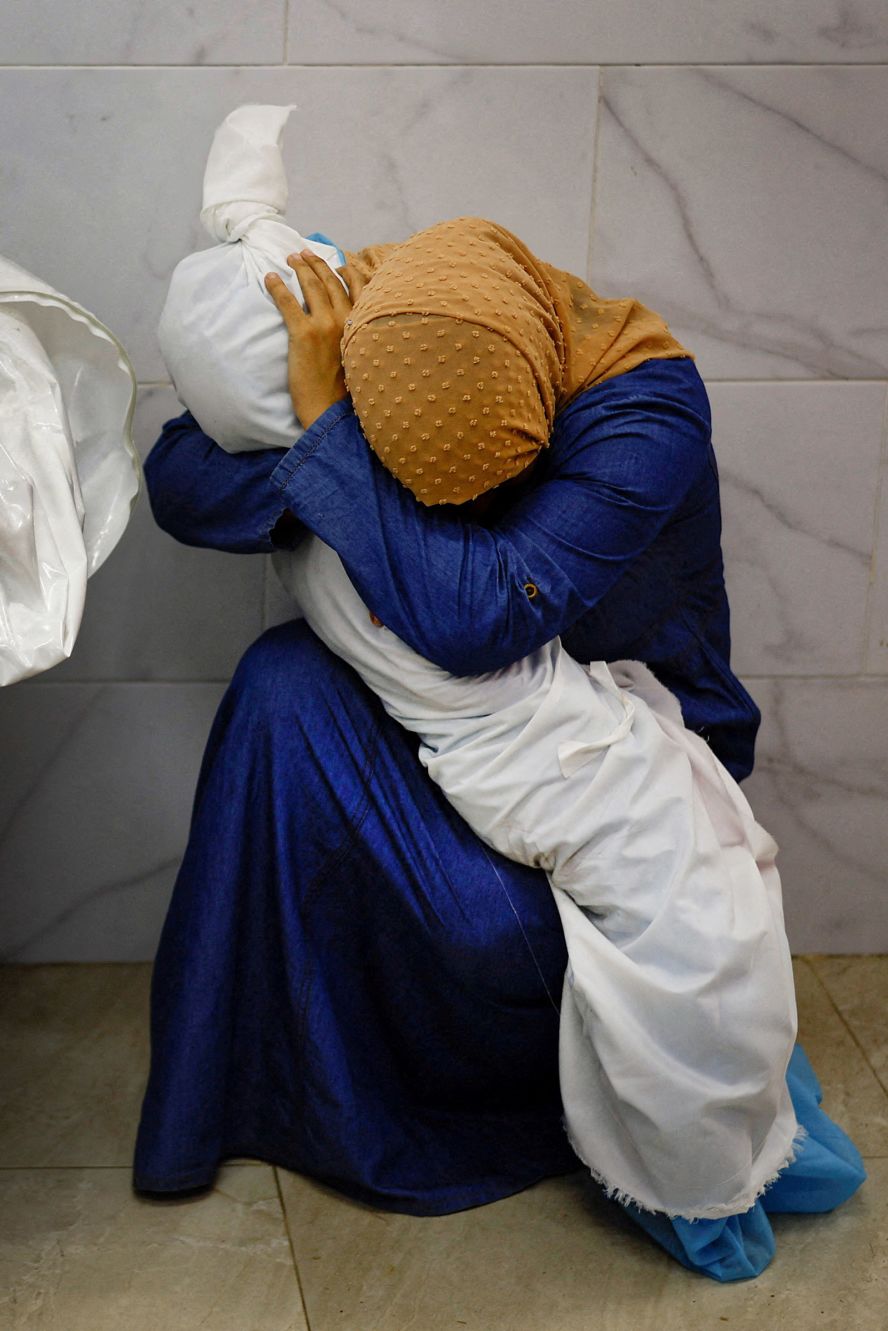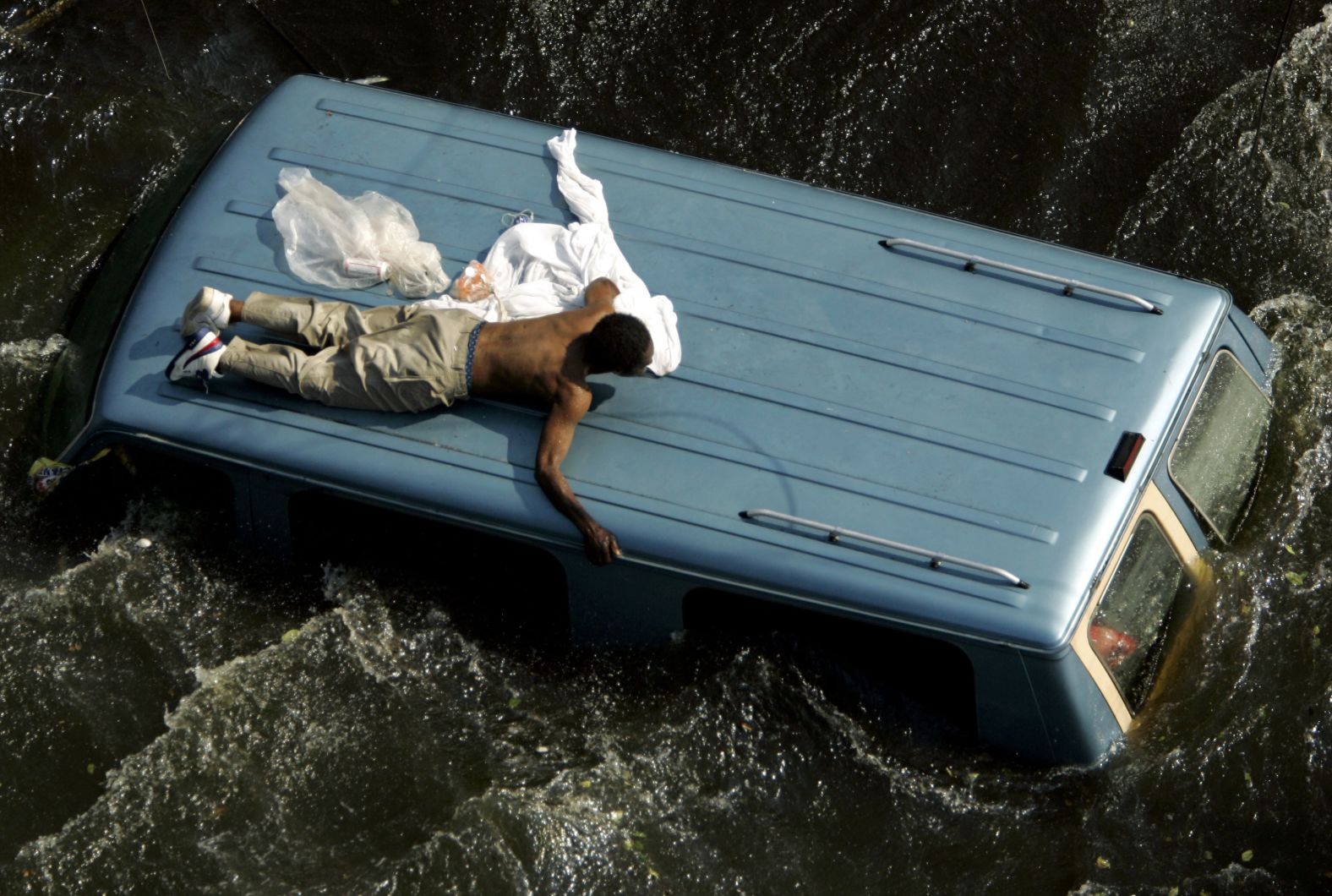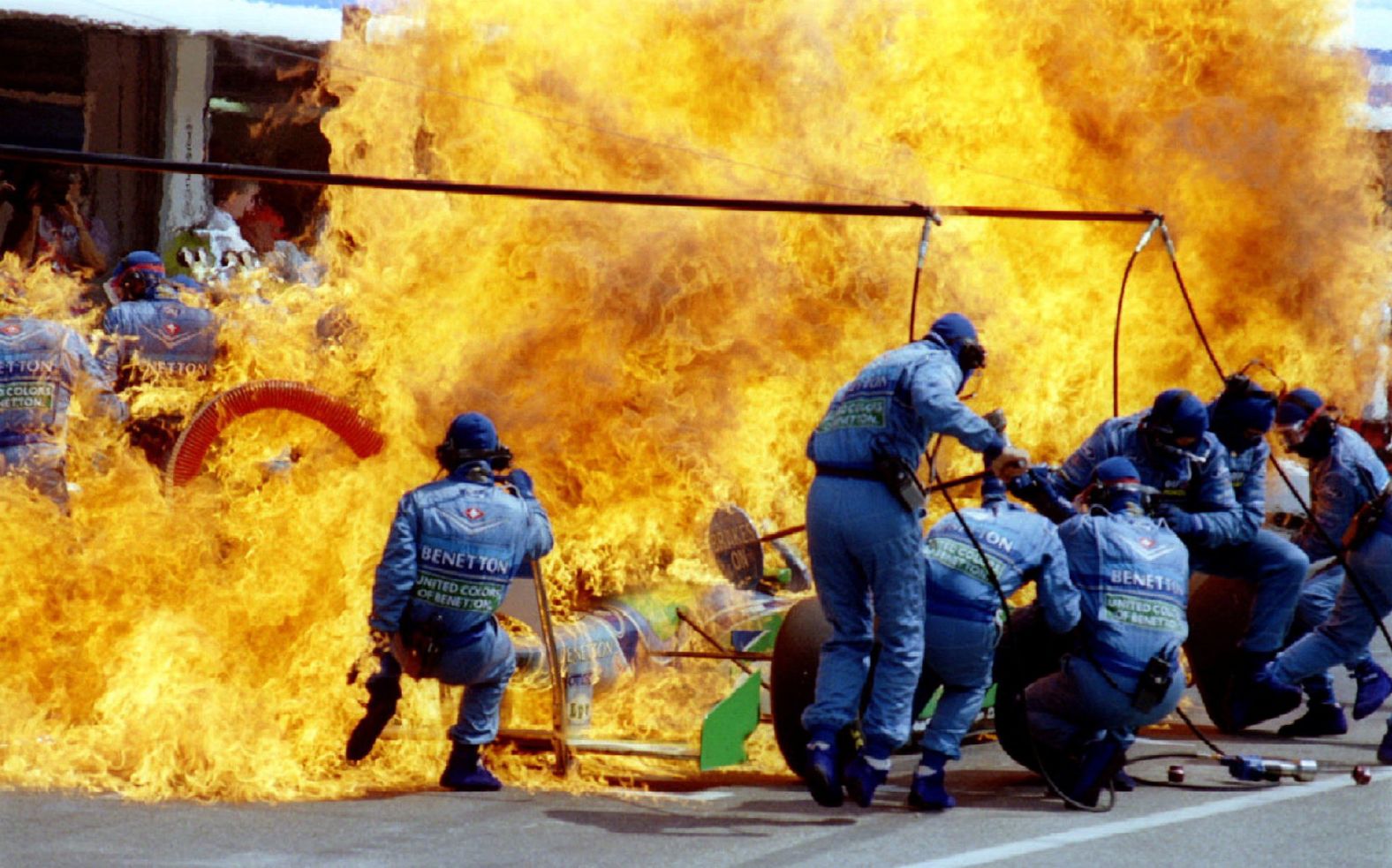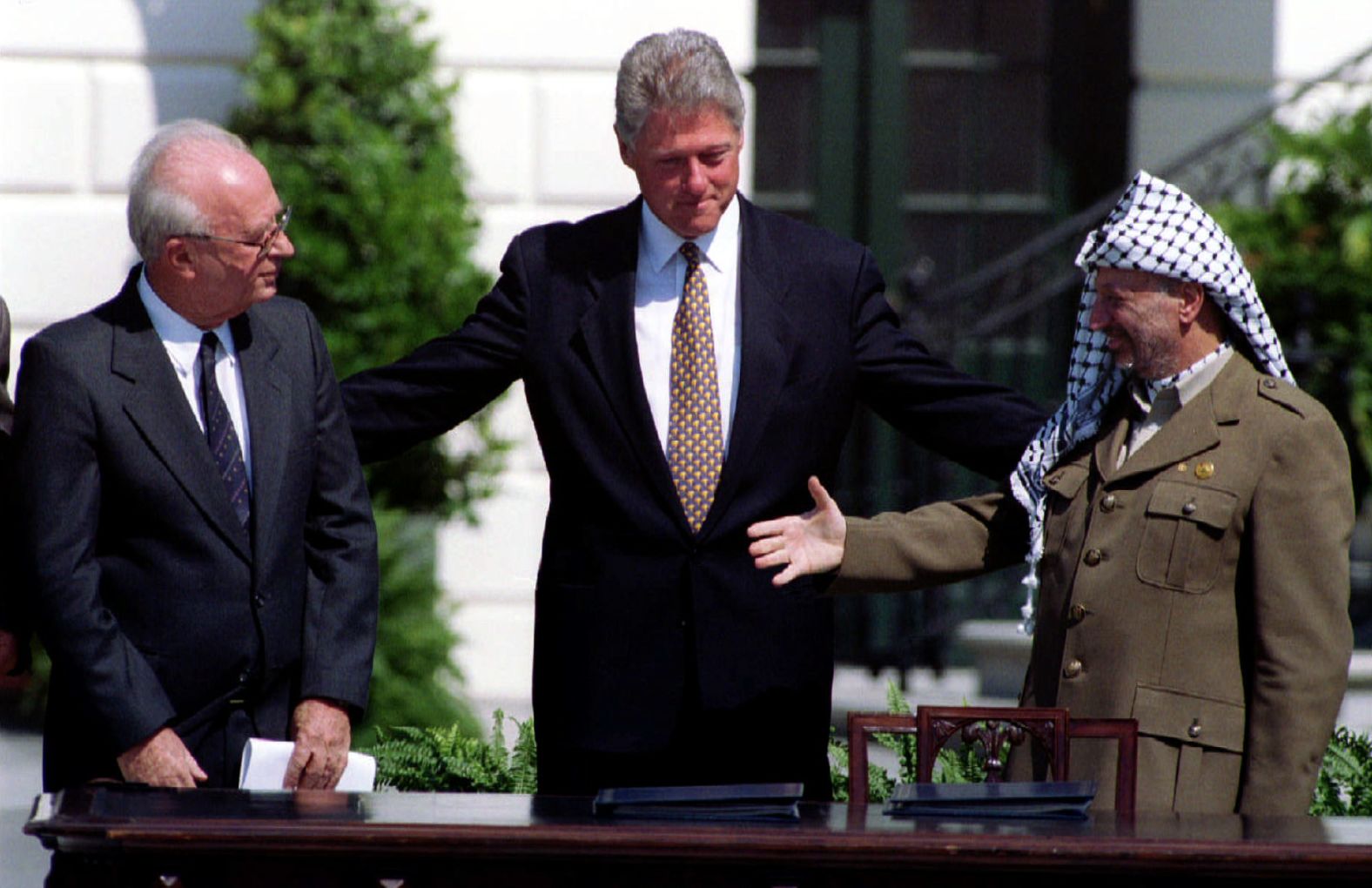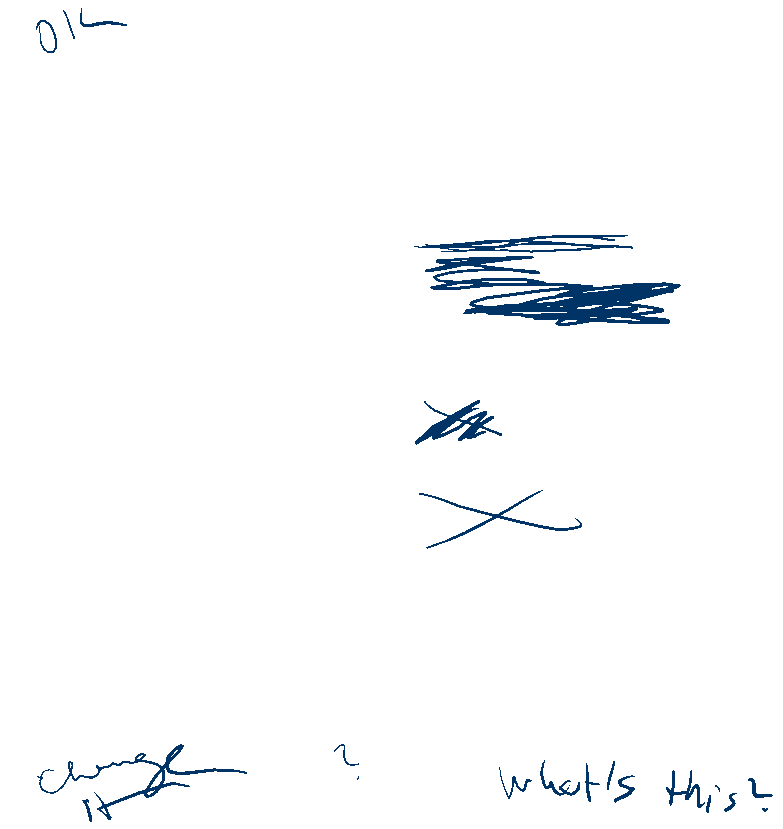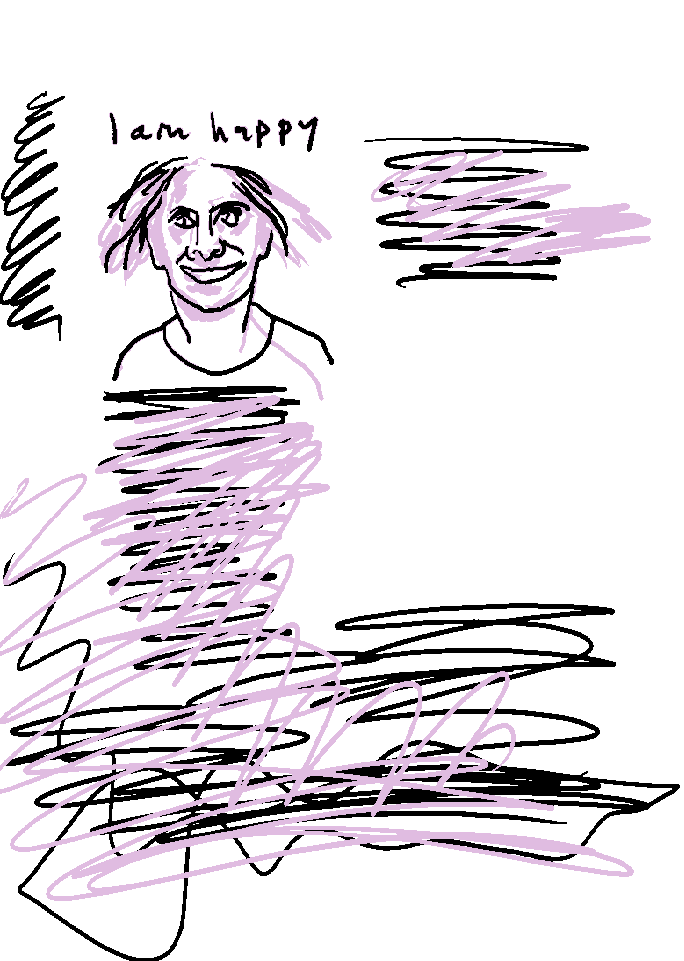It is one of the most iconic images in history: an unknown man confronting a line of tanks in the middle of Beijing’s Tiananmen Square, defying an entire government.
Reuters photographer Arthur Tsang was there in 1989, watching from a hotel balcony nearby. At the time, he had no idea how significant and symbolic that moment would be.
“When I released the shutter, it didn’t occur to me that ‘Wow, this is a great shot,’ ” Tsang told the South China Morning Post many years later. “You couldn’t foresee the impact of the image.”
Tsang’s coverage of that historic week is among the work featured in a new book, “In the Moment: 40 Years of Reuters Photojournalism.” The book chronicles the memorable stories and moments captured by the news agency’s photographers since it launched its photo service on January 1, 1985. While Reuters has been reporting on news for nearly 175 years, its photo department is relatively new.
“It’s been an absolute privilege to look back at not just the history of Reuters, but newsgathering and how it’s changed,” said the book’s editor, Alexia Singh, who spent 20 years at the agency and managed picture desks in London, Paris and Singapore.
So much is different than it was 40 years ago, and it all starts with the technology. In 1985, everyone was still shooting on film. Photographers in the field would have to develop prints in portable darkrooms and then send them out via an analog telephone line using a specialized drum transmitter. It could take eight minutes to send a black-and-white image — three times longer for a color image — and that was under ideal conditions. If there was any static in the line, the picture quality would be affected and the photo would have to be sent again.
Now, with digital cameras and the internet, Reuters can send tens of thousands of images to the world in the same amount of time.
The staff has changed dramatically as well. Photojournalism has been historically male-dominated. Today, women take one-third of all news photographs that Reuters publishes. And there are more different nationalities and cultures represented than ever before. When Reuters first launched its picture service, it started with 50 photographers. “Now there are teams all over the world covering news, and those teams are made up of people in country, locals, both in the photographers and in the editing centers,” Singh said.
Kevin Coombs, a global pictures production editor, has been with Reuters for 35 years and witnessed the company become an industry powerhouse that has published more than 14 million photos and won numerous Pulitzer Prizes and World Press Photo awards.
“Digital changed things, and digital gets better and better and better,” he said. “But at the end of the day, a photojournalist today still goes out with the same empowerment — you’ve still got to get there. You’ve still got to get into your position, you’ve got to get where the story is to be able to lift the camera and press the button, and that has actually not changed. And that I quite like.
“I like the fact that it’s about a person with two legs and a camera around their neck, getting themselves into a position to shoot that great picture.”
Editor’s note: This gallery contains graphic images. Viewer discretion is advised.


